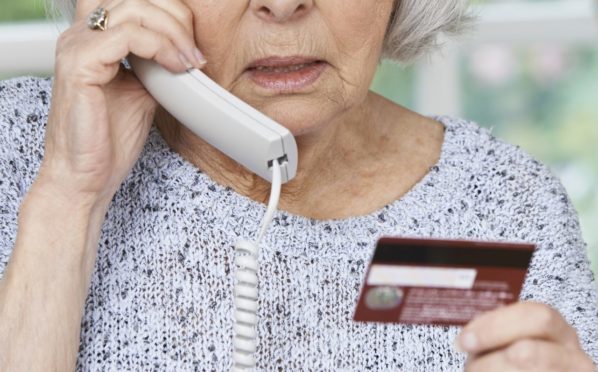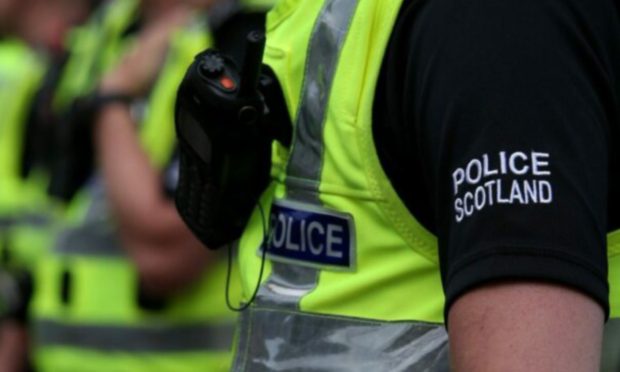An elderly Angus couple have told how they almost fell victim to a phone sex scam.
James Thomson from Forfar received a phone call telling him his broadband was being cut off as a result of illegal activity.
He was urged to call a number to discuss the issue but his wife Theresa, was immediately suspicious.
Mr Thomson said: “It looked like a genuine number and I was almost duped.
“But my wife decided to search the number on the internet and it was a premium rate sex line.
“My fear is that someone who isn’t so switched on will fall for this. The last thing I want is for someone to lose money. These people need to be stopped.”
Premium numbers can cost up to £3.60 a minute, in addition to a landline provider’s usual ‘access charge’ of around 15p a minute.
Industry watchdog Ofcom said callers who see a suspicious charge and number on their bill should contact their telecoms operator immediately and query it.
The number – and the company behind it – can be checked at the website of the Phone-paid Services Authority (psauthority.org.uk) which regulates the market.

If the company is legitimate, householders can contact the firm directly to query the bill. If it is a scam, a complaint can be logged with the PSA, which can fine and shut down firms in breach of its code of conduct.
Local authorities say the biggest problem with which their social work teams deal is protecting elderly or vulnerable people from fraud, including elaborate phone cons.
To combat the problem, councils are installing call blockers which cut out 99% of suspect calls.
More than 330 have been fitted to date and councils are inviting more people to fit them, with information sessions taking place in the coming days.
Angus Council, which has installed 228 blockers, claims to have prevented 100 scams and saved the local authority £327,739.
It estimates the blockers will cost them £23,870 to install and maintain and saving authorities £1,518,531.
Angus Council’s adult protection and review officer Mark Hodgkinson described the scale of the problem as “massive”.
He added: “The criminals think they can act with impunity.
“But we have shown there are simple measures we can all take to make their life more difficult.”










